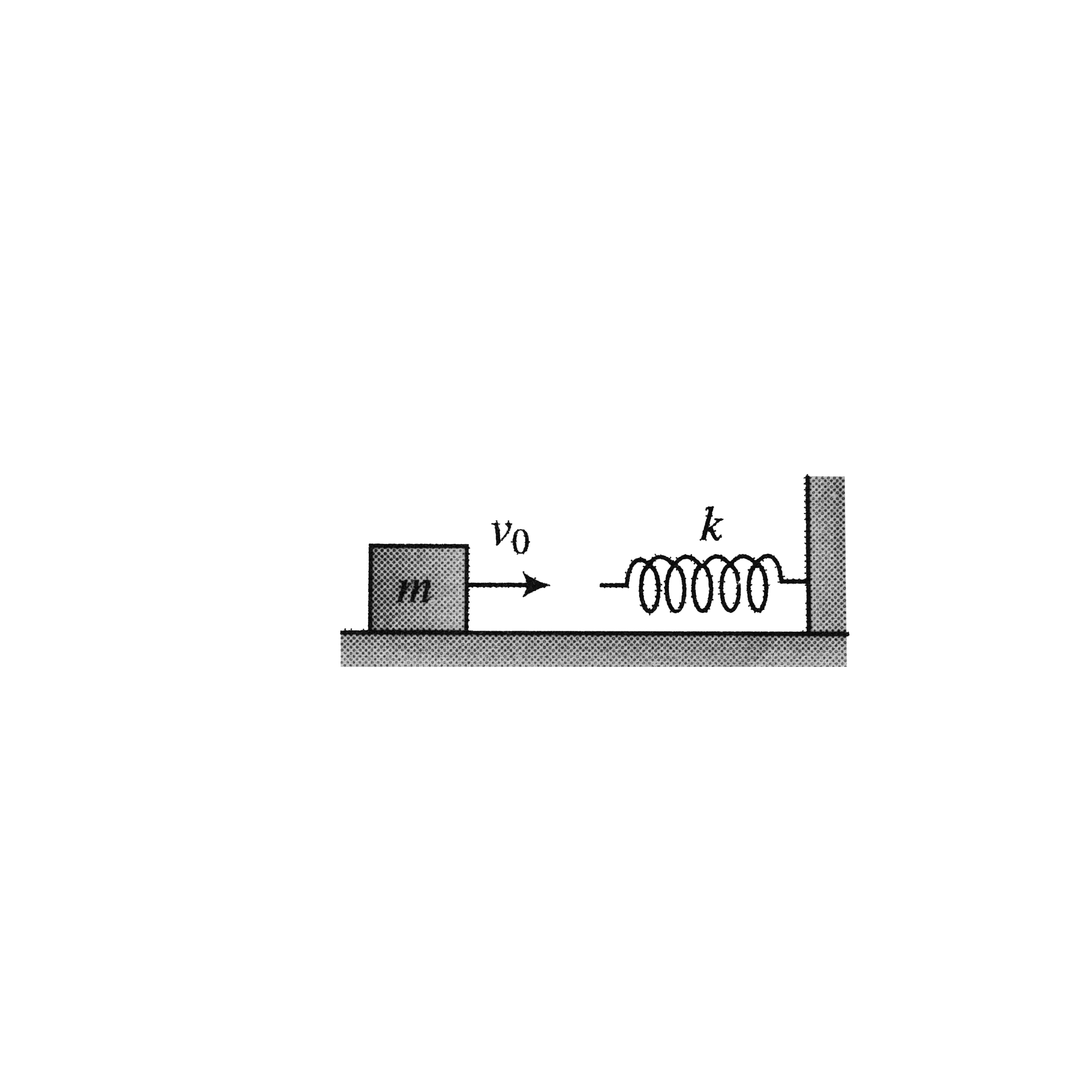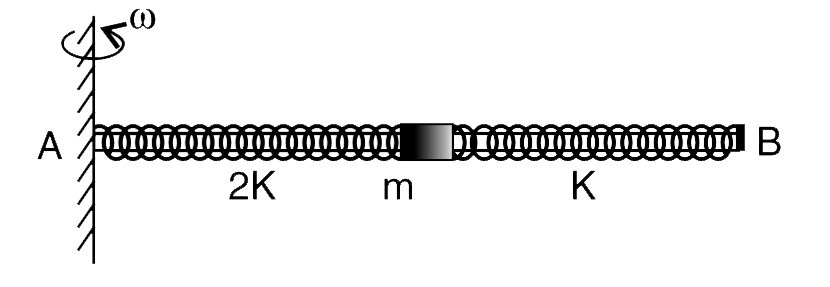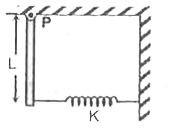A spring made of copper is moved towards a stationary bar magnet. What are the changes observed in the spring when
(1) the to ends of the spring are connected.
(2) the two ends of the spring are not connected.
(i) Requirement for current to flow.
(ii) Difference between geographical axis and geographical meridian.
(iii) Change in the length of the spring .
(iv) Pole strenght decrease when the area of cross-section of the bar magnet is reduced and the .
Topper's Solved these Questions
- BOOK - PEARSON IIT JEE FOUNDATIONCHAPTER - ELECTROMAGNETISMEXERCISE - CONCEPT APPLICATION ( LEVEL 1)29videos
ELECTROMAGNETISM
- BOOK - PEARSON IIT JEE FOUNDATIONCHAPTER - ELECTRICITYEXERCISE - CONCEPT APPLICATION (Level 3)10videos
ELECTRICITY
- BOOK - PEARSON IIT JEE FOUNDATIONCHAPTER - FORCE AND PRESSUREEXERCISE - COMPETITION CORNER37videos
FORCE AND PRESSURE
Similar Questions
Knowledge Check
- Question 1 - Select One
A spring is made of steel and not of copper because
Asteel is more elastic than copperBsteel is less elastic than copperCsteel or less plastic than copperDsteel is less plastic than copper - Question 2 - Select One
The time period of oscillations of a block attached to a spring is t1. When the spring is replaced by another spring, the time period of the block is t2. If both the springs are connected in series and the block is made to oscillate using the combination, then the time period of the block is
AT=t1+t2BT2=t21+t22CT−1=t−11+t−12DT−2=t−21+t−22
A block of mass m is moving with an initial velocity v0 towards a stationary spring of stiffness k attached to the wall as shown in figure

a. Find the maximum compression in the spring.
b. Is the work done by the spring negative or positive?View SolutionA particle connected at the end of a spring executes SHM with a period T1. While the corresponding period for another spring is T2. When the two springs are connected inseries and particle is ocnnected at the one T. Find the relation between T, T1 and T2
View SolutionA light rod AB is fitted with a small sleeve of mass m which can slide smoothly over it. The sleeve is connected to the two ends of the rod using two springs of force constant 2k and k (see fig). The ends of the springs at A and B are fixed and the other ends (connected to sleeve) can move along with the sleeve. The natural length of spring connected to A is l0. Now the rod is rotated with angular velocity w about an axis passing through end A that is perpendicular to the rod. Take kmω2=η and express the change in length of each spring (in equilibrium position of the sleeve relative to the rod) in terms of l0 and η.
 View Solution
View SolutionA straight rod of light L and mass m is pivoted freely from a point of the roof. Its lower end is connected to an ideal spring of spring constant K. The other end of the spring is connected to the wall as shown in the figure. Find the frequency of small oscillation of the system.
 View Solution
View Solutionspring of force constant k clamped rigidly at onoe end and a mass m attached to its free end. A force F applied at the free end stretches the spring. Figure shows the same spring with both ends free and attached to a mass m at either end. Each end of the spring in figure is stretched by the same force F.
(a) What is the maximum extension of the spring in the two cases ?
(b) If the mass in figure and the two masses in figure are released free, what is the period of oscillation in each case?
 View Solution
View SolutionA mass is suspended at the end of a spring and performs SHM with a time period 3 seconds, while the time period f same mass with other spring is 4 second. If that mass is connected with the combination of the two springs connected in series then time period of oscillator is
View Solution

